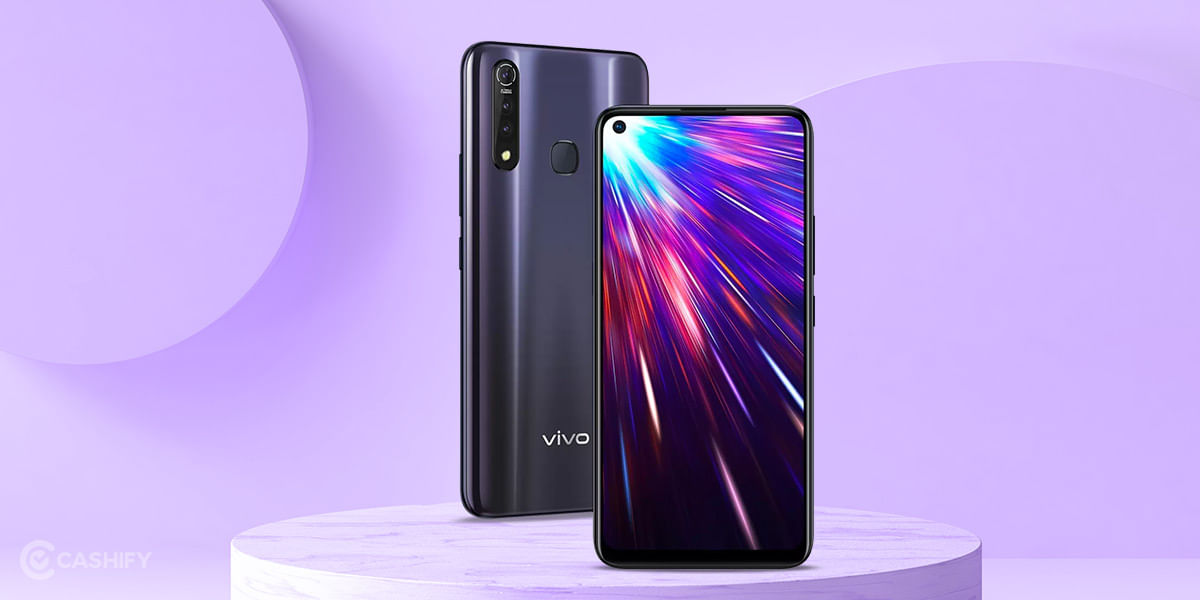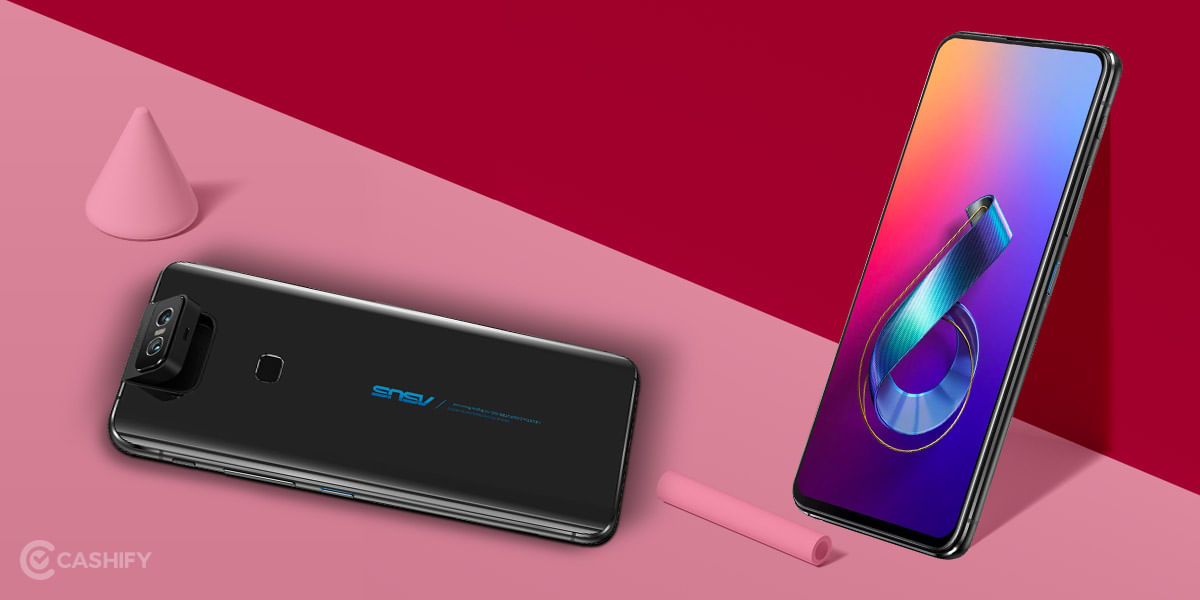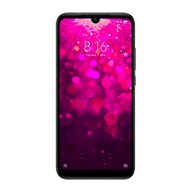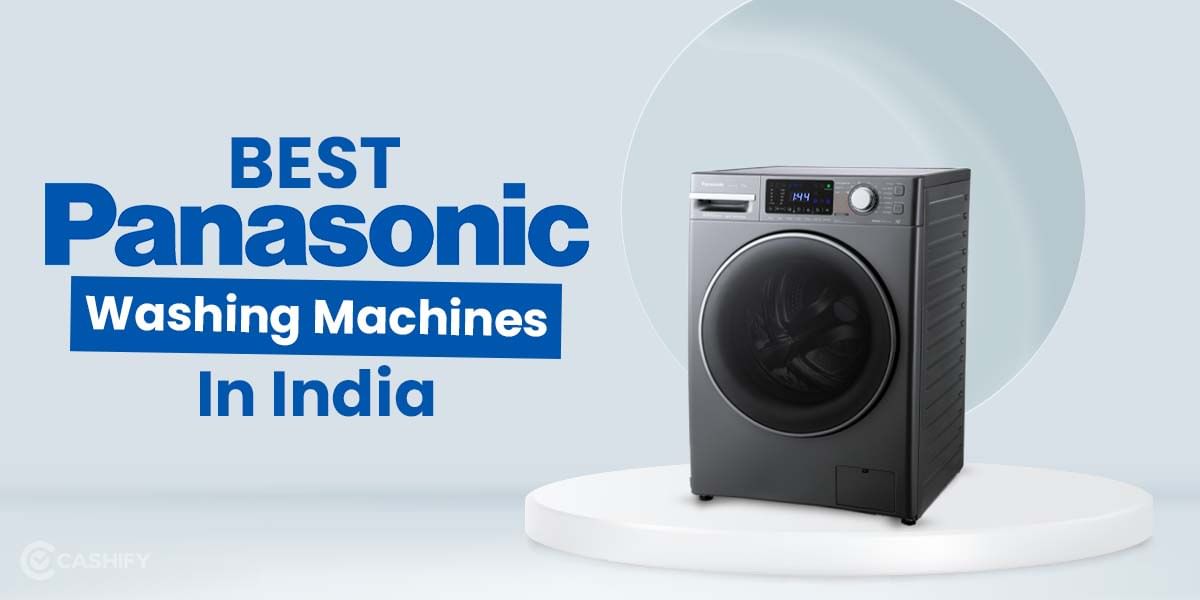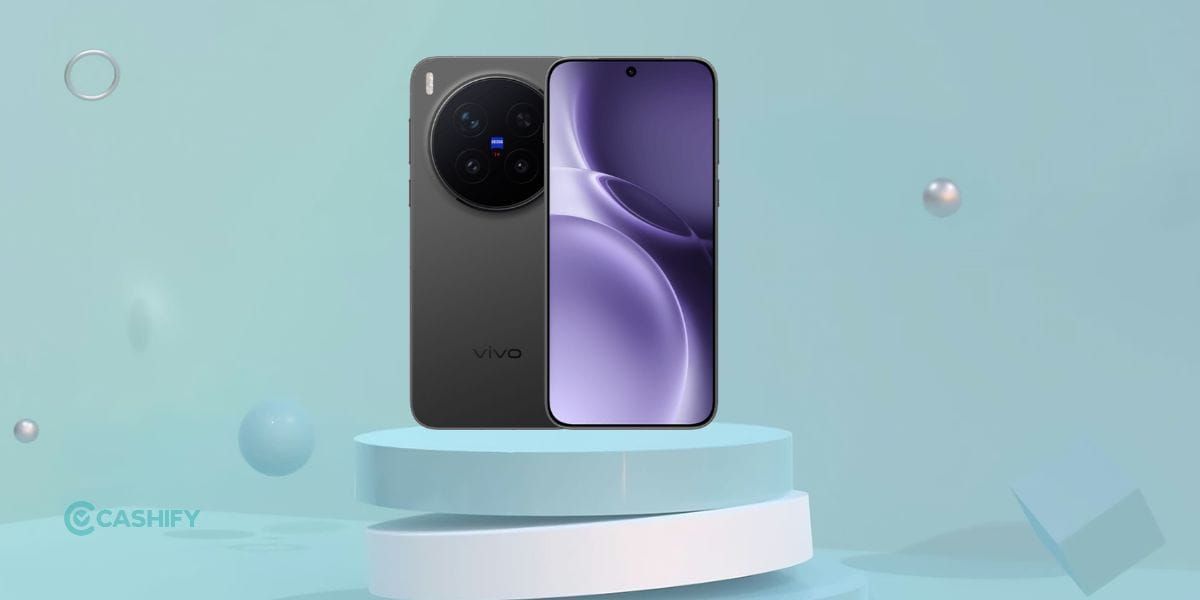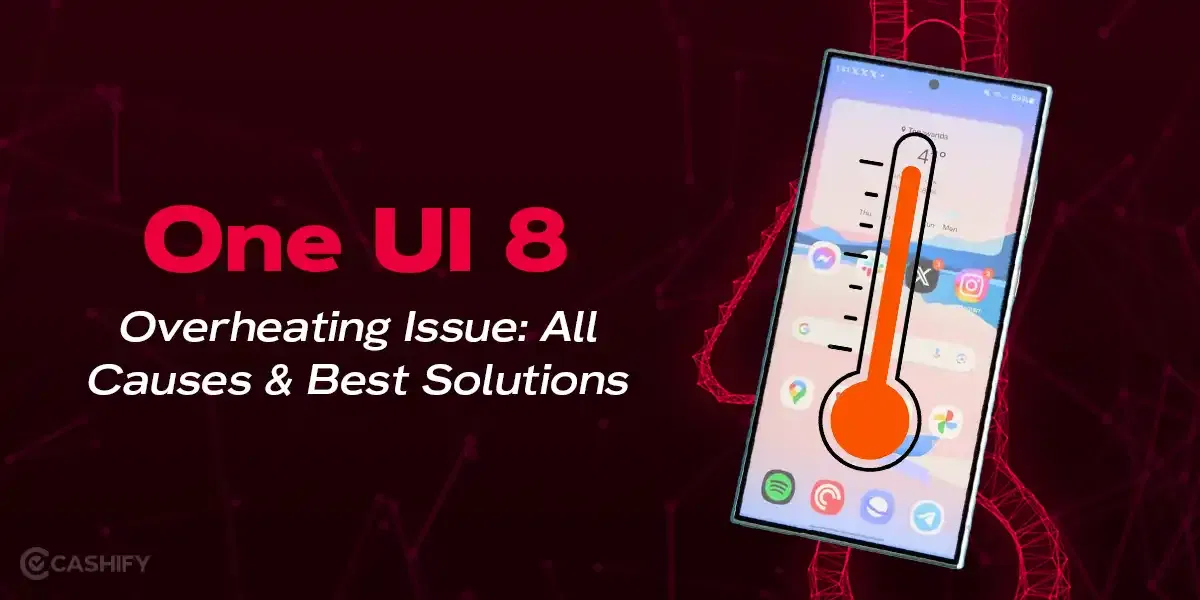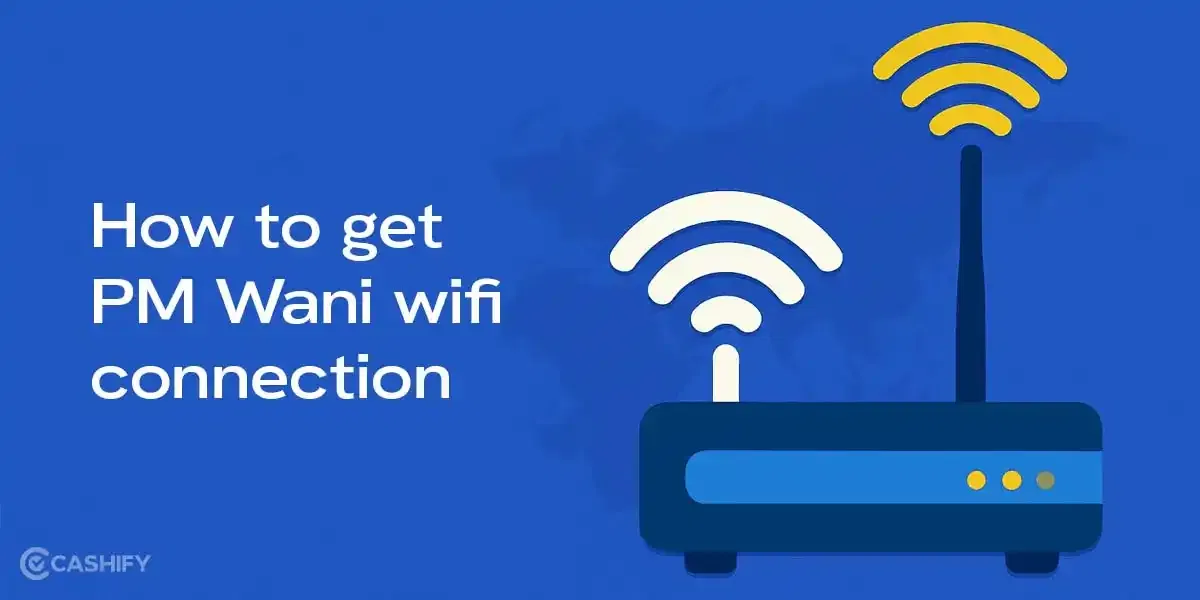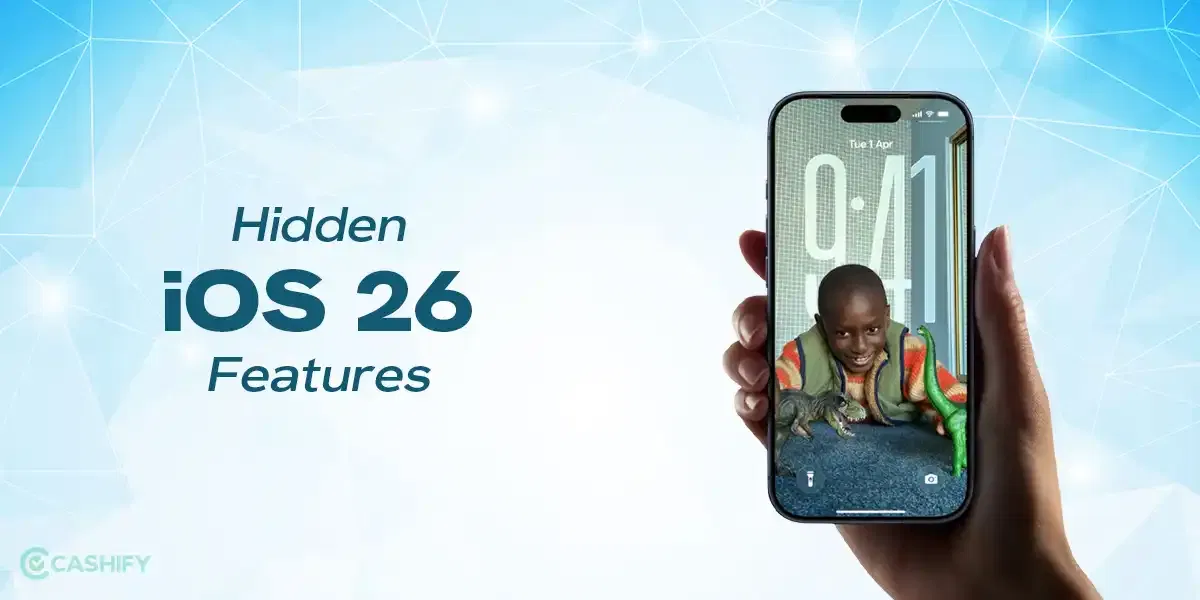Introduction
Xiaomi has been dominating the entire budget smartphone market in India for a while now. To keep its position, the Chinese smartphone maker has now added another smartphone to its roster. Xiaomi Redmi Y3, as the name suggests, is a successor to the popular Redmi Y2.
For those who’re unaware, the entire Redmi Y-lineup targets the selfie-centric consumer who prefers front snapper performance more than anything.
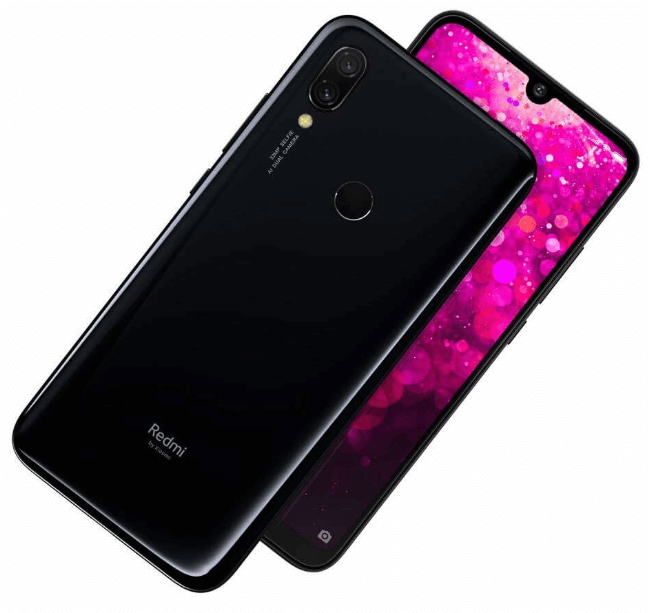
Xiaomi Redmi Y3 comes with a massive 32MP selfie shooter, attractive design and a long-lasting battery. With so many selfie-focused smartphones already, is Redmi Y3 another unbeatable at its game? Let’s find that out in our comprehensive review of Xiaomi Redmi Y3.
Price in India, Variant, and Availability
When it comes to storage, Xiaomi Redmi Y3 comes in two different variants – 3GB+32GB and 4GB+64GB options. You can buy the device in three attractive color options namely Bold Red, Elegant Blue and Prism Black.
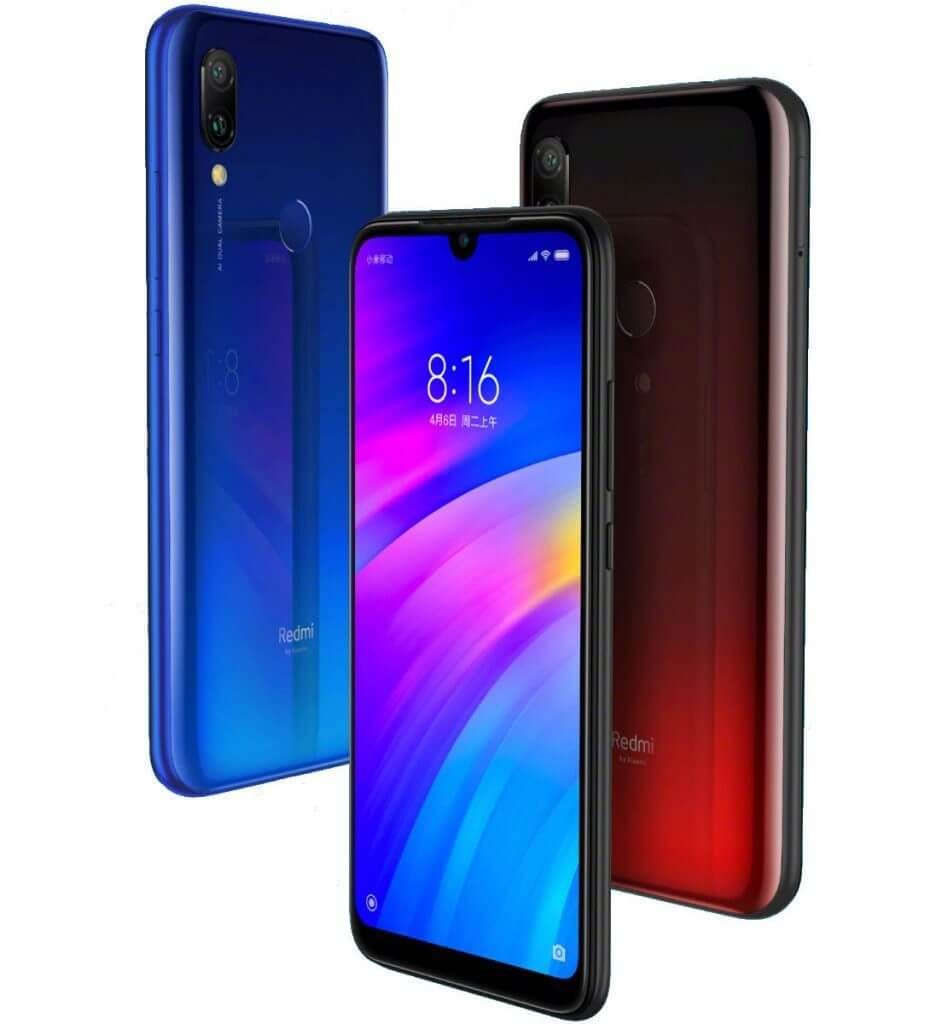
The base variant of the device is priced at INR 9,999 while the top-end model is going to cost you INR 11,999. Both the options are available exclusively on Amazon India and Mi website.
At the time of writing this review, you can avail a few exciting offers which include No Cost EMI on major debit and credit cards and 10% instant discount of up to INR 1,000 on Yes Bank credit card EMI transaction.
Box Contents
Xiaomi Redmi Y3 comes packed in a premium and minimal red color box with Y3 written on a relatively larger font. Opening the lid, the first thing you’ll see is the rectangular section which consists of SIM ejector tool, an average quality back case and some documentation.
Keeping all this aside, you’ll see the device itself laying there nicely covered in a protective film. You’ll also get a 10W wall charger and a Micro-USB cable. As expected, there are no earphones bundled inside.
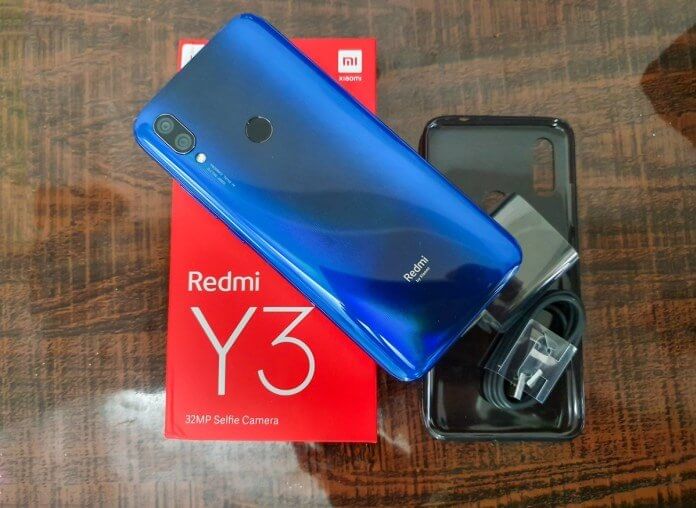
Here is a quick overview of what you’ll be getting inside the box:
– Xiaomi Redmi Y3
– 10W wall charger
– Micro-USB cable
– Transparent back case
– SIM ejector pin
– Manuals and documentation
Specs at a Glance
Before we jump right into our review, let’s first have a quick look at the specification of the device.
– Display: 6.26-inch IPS LCD panel, 720×1520 pixels, 269ppi
– Processor: Snapdragon 632, 14nm
– RAM & ROM: up to 4GB and up to 64GB
– Rear Cameras: 12MP+2MP
– Selfie Camera: 32MP, f/2.2
– Battery: 4000mAh capacity, 10W fast charging
– Software: Android 9.0 Pie, MIUI 9
– Weight: 180g
– Dimensions: 158.7×75.6×8.5mm
With specifications cleared out of the way, let’s jump right into our first aspect of the device.
Design and Build
Xiaomi Redmi Y3 is one of those smartphones which even though comes with a full plastic body, still manages to attract the attention of many. In fact, the device pretty much resembled the recently launched Realme 3 Pro in terms of design.
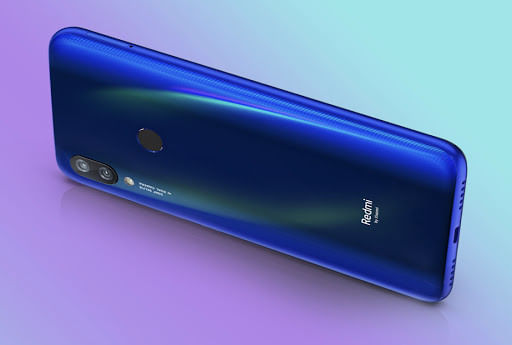
The moment you’ll hold the device, you’ll be able to tell that it is made up of plastic meaning it does miss that premium feel. Still, the device looks attractive thanks to the popular gradient design on the back.
We’ve been using the Blue variant of the device and oh my! Redmi has done an impressive job with it. If you look closely, the blue color softens as you move towards the edge giving it an incredible contrast. The device has been built with such perfection that it completely throws the competitor out of the water.
Even though the device doesn’t feel premium, it still looks luxurious all thanks to the new design. Speaking of comfort, the device has that heft in it but it still feels comfortable thanks to the curved edges.
There is a vertically-aligned dual-camera module at the back accompanied by an LED flash and a fingerprint sensor. Even the branding at the bottom adds up to the overall design of the device. The front is dominated by a large screen featuring a teardrop notch or simply dot notch as the company calls it.
The bezels are relatively thicker and so is the chin but that’s the case with all the budget smartphone so we’re going to let that slide.
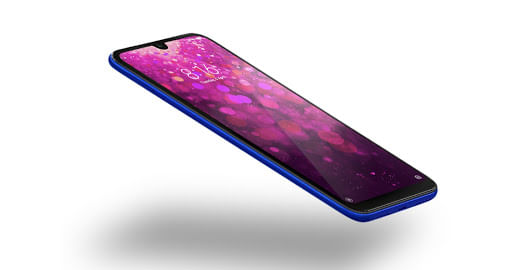
Coming to the buttons, the volume rocker and the power button is located at the right side while the SIM card tray can be found on the left. The button is made up of plastic but still delivers decent tactile feedback. At the top, there is a 3.5-mm headphone jack along with an IR blaster while the Micro-USB port and the speaker is located at the bottom.
Overall, the Redmi Y3 manages to look premium and different which definitely is going to work out in the company’ favor. Another worth noting feature of the device is its P2i water-repelling coating which is something no other brand is offering as of now.
Display
The Redmi Y3 features a 6.26-inch IPS LCD with a teardrop notch on the front and relatively thick bezels on the side. Speaking of bezels, it is still better than most of the device at this pricing allowing the brand to offer an impressive 86.8% screen-to-body-ratio.
With the resolution of 720×1520 pixels and a pixel density of 269ppi, the color reproduction is pretty good with overall vibrant user experience. The display seems a tad bit dimmer but surprisingly, the sunlight legibility is still on point.
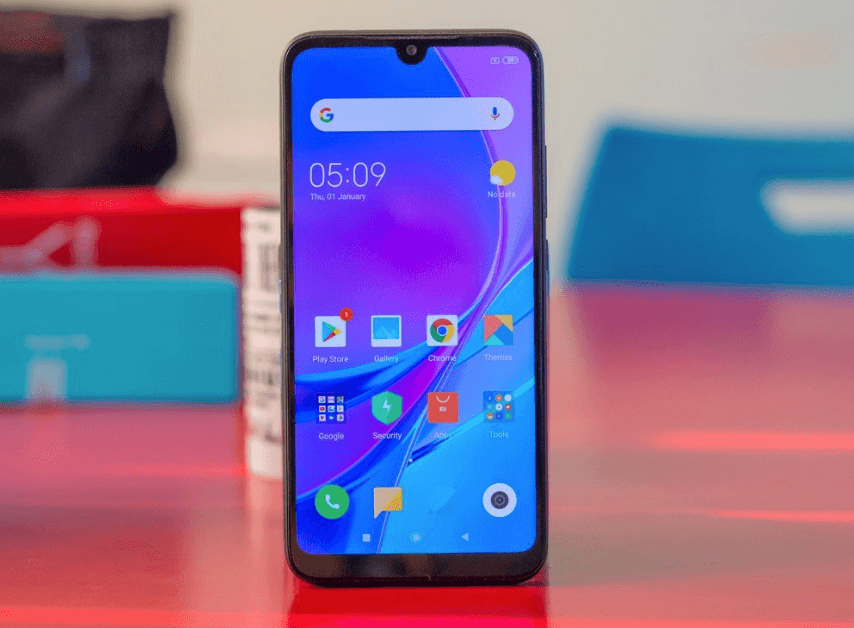
Like any other similarly priced phone, consuming content on the device is not that immersive experience but it still gets the job done. Thanks to the IPS panel, the viewing angles are pretty decent on the phone. You can also change the color tone from the software or disable the notch if you don’t like it.
With that said, Redmi Y3 manages to offer a taller display with somewhat thin bezels and overall acceptable display experience.
Performance
Xiaomi Redmi Y3 is powered by a Qualcomm Snapdragon 632 chipset paired with up to 4GB of RAM and up to 64GB onboard memory. The Snapdragon 632 is a decent chipset manufactured over 14nm fabrication process consisting of eight cores – 4x Kryo 250 Gold clocked at 1.8GHz and 4x Kryo 250 Silver cores clocked at 1.8GHz. For graphics, the device makes use of Adreno 506.
Coming to the performance, the Snapdragon 632 is a chipset designed for an average user out there. When it comes to day-to-day tasks, the device offers a smooth and flawless experience. In fact, the device can even handle moderate multi-tasking. Things start to go the other way when you move on to the heavy side.
During heavy multitasking, the device starts to show stutter or lag with apps opening up fairly slow. Although the app does stay for a longer period thanks to the addition of up to 4GB of RAM.
We tried playing graphics-intensive games like Asphalt 9 and Pubg Mobile. Although we were able to play Asphalt 9 on medium settings, the same is not the case with Pubg. Pubg Mobile runs on the low-setting and that too with occasional frame drops.
If you’re someone who likes to do gaming quite often, then you should not consider this device at all. On the contrary, for those who do occasion or light gaming, then you might like the device. If the internal memory is not enough for you, the Redmi Y3 has a dedicated MicroSD slot which you can always use.
Software
Xiaomi Redmi Y3 runs on the latest version of Android i.e. Android 9.0 Pie operating system based on the company’s own custom skin MIUI 9. I’ve been using the MIUI software for years and I can surely say, the brand has refined it a lot adding various nifty features.
The software looks pretty clean with the basic swipe down notification center and home screen app layout. The icons look pretty good and blend in with the overall UI aesthetic. The UI feels very smooth thanks to the optimization and sophisticated animations.
As mentioned earlier, MIUI 9 is filled with useful features be it small or big. For instance, I loved the addition of QR code scanner right into the camera app. Whenever you need to use Paytm, you can simply open the camera app and scan the QR code, this will straight up open the Paytm application. Features like OTP copy and individual app lock also comes in very handy on a day-to-day basis.
There are still a few things which Redmi Y3 has been missed out of. You’ll miss the app drawer if you’re inclined towards it. The device has no Widevine L1 certification which is something the competitors are offering. It is worth noting that the entire MIUI is filled with annoying ads which you downgrade the overall user experience.
Cameras
Since Redmi Y-lineup focusses more on the selfie cameras, let’s talk about that first. Xiaomi Redmi Y3 comes with a massive 32MP selfie camera on the front through which I was able to click some of the amazing selfies. The level of details on the clicked pictures is pretty impressive. The front does smoothen the skin tone but that too in an appealing way.
In short, the photos coming out of the selfie camera is social media-ready. Even in low-light conditions, Redmi Y3 manages to beat the competitor easily with a good level of details. The selfie camera comes with EIS meaning you can shoot stable videos which make the device perfect for vloggers and live streams.
At the back, there is a dual-camera module consisting of a 12MP primary sensor (f/2.2 aperture) and a 2MP depth sensor. This module is the same one which is found on the Redmi Note 7. We tried to compare the photos clicked from Redmi Y3 and Redmi Note 7 and well, we were not able to tell the difference.
The photos clicked from the rear camera turns out to be decent with a good level of detail and color accuracy. As expected, the device struggles in low-light photography due to the lack of night mode. Redmi Y3 can record 1080p videos at 60fps which might come in handy.
The rear camera comes with features like HDR, Panorama, Portrait, Pro and AI modes. AI mode seems to work pretty well churning out good looking pictures. Pro mode offers additional controls but for that, you’ll have to be patient since it is painfully slow.
Battery Life
Xiaomi Redmi Y3 is fueled by a massive 4,000mAh battery packed inside with the support of 10W fast charging. Thanks to the low-res display with fewer pixels, the smartphone is able to last for a day and a half on a single charge.
My daily usage while testing this device looks something like this – constant text messaging, WiFi and Bluetooth always on, hours of Spotify and few hours of playing Pubg Mobile.
Speaking of charging, the device generally takes a little more than two hours to completely charge from zero to 100%. Sadly, Xiaomi has not opted for USB Type-C and instead, is using the dated Micro-USB port for charging.
Audio, Biometrics, and Connectivity
For audio, Redmi Y3 comes with a bottom-mounted single speaker which has fairly loud output. Even at the max volume, I did not notice any kind of distortion whatsoever. There is a 3.5-mm headphone jack too at the top that also manages to deliver excellent output.
Coming to the network, I did not notice any kind of issue with the earpiece and microphone.
There is a physical fingerprint sensor located at the back which is fairly fast, accurate and reliable. You can also use the Face Unlock which is also pretty quick but is not that reliable since it uses a 2D face recognition method.
Coming to the connectivity, the device has all the standard features like single-band WiFi, Bluetooth 4.2, GPS, FM Radio and a Micro-USB for charging.
Pros and Cons
Pros
– Attractive design
– Impressive selfie camera
– Long-lasting battery
– IR blaster
– Splash resistant coating
Cons
– Annoying ads in MIUI
– Rear camera lags behind in low-light conditions
– Weak gaming performance
– Dated Micro-USB port
Xiaomi Redmi Y3 could have been an all-rounder device if the performance was up to the mark. The smartphone looks attractive, unique and manages to live up to our expectation, In fact, we can easily say that it is one of the good-looking smartphones at this price segment.
The display is also something which is up to the point with nothing to write home about. The thing which makes this an attractive buy is its selfie camera which blows the competition out of the water. Be it daylight, lowlight or Livestream, the front camera has got you covered. Even the battery life on this device can last you a day on heavy usage.
The thing which is going to be a deal-breaker for many is gaming performance. In short, the device is not a perfect option for those who like to do gaming. Even heavy multitasker should keep aside the device and look elsewhere. Redmi Y3’s direct competitor Realme 3 manages to score well in terms of performance and gaming.
With that said, if you’re someone who’s more inclined towards the camera and generally do light gaming, then Redmi Y3 is what you’re looking for.

